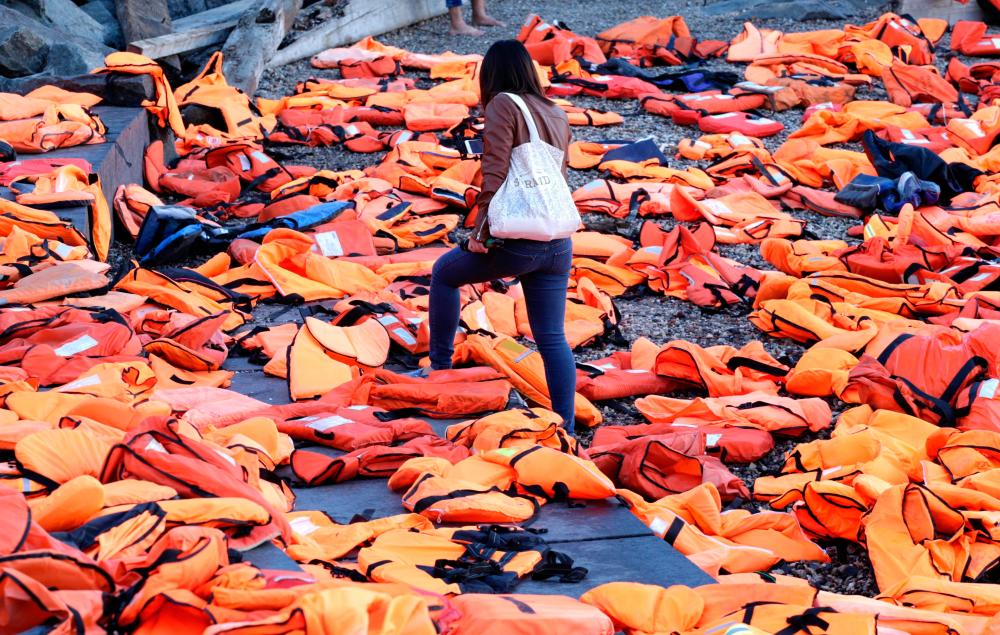IT is unfortunate that we still throw caution to the “waves” and do not wear life jackets when getting into boats.
Despite numerous boating fatalities attributed to this negligence, the trend persists.
The recent tragedy in Kuching, where four individuals drowned after a boat capsised in Sungai Batang Baleh, Kapit, serves as a stark reminder of the consequences of such lackadaisical attitudes, costing lives unnecessarily.
Boats must be deemed seaworthy and equipped with sufficient life jackets for all passengers.
Merely having safety equipment on board is not sufficient.
It is imperative that all passengers consistently wear life jackets while aboard.
This practice should be mandated to ensure safety. In emergencies, there is often insufficient time to don life jackets, underscoring the importance of proactive measures.
Along the Kuching waterfront, which spans the Sarawak River, hundreds of people, including school children, rely on precarious sampans for crossings day and night.
Despite the short 10-minute journey, they pay a nominal fee for a one-way trip.
Many tourists also use these sampans to reach attractions, such as the Astana and Fort Margherita, visible from the waterfront.
However, it is concerning that these sampans lack life jackets, leaving passengers vulnerable in an emergency.
One would dread to think of the consequences if any untoward incident were to happen during the river boat tour, especially with the Visit Malaysia Year 2024.
Despite a directive mandating all river-traversing boats to carry life jackets, ineffective supervision by authorities has led to lax enforcement.
It is heart wrenching to read about these tragedies during school holidays and festive seasons.
Wearing life jackets is crucial to reducing or preventing water-related fatalities.
A small inconvenience and a few minutes spent donning these jackets can make a significant difference in saving lives









